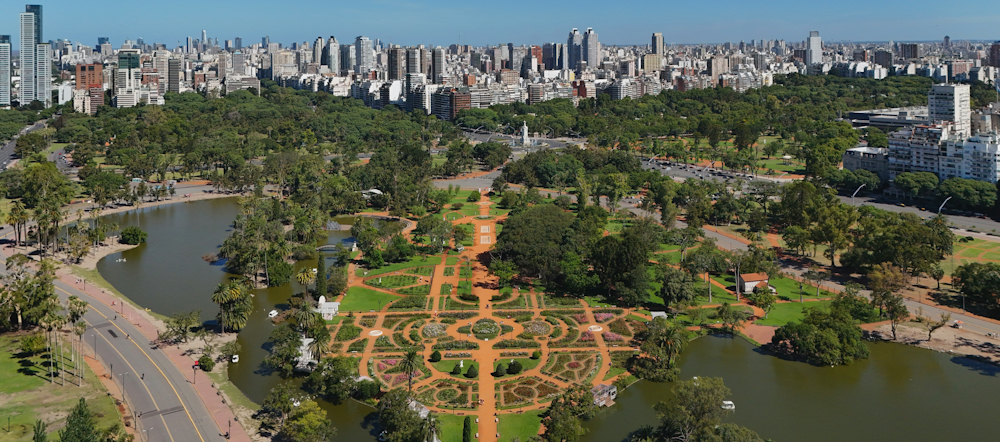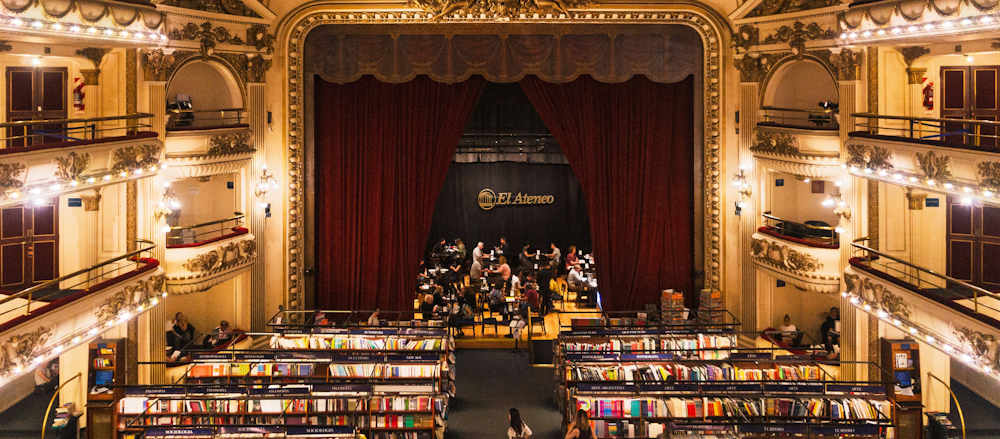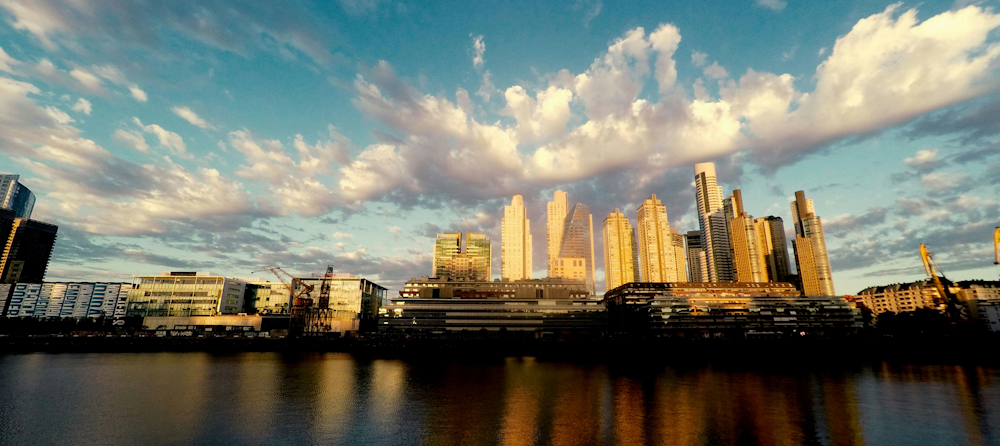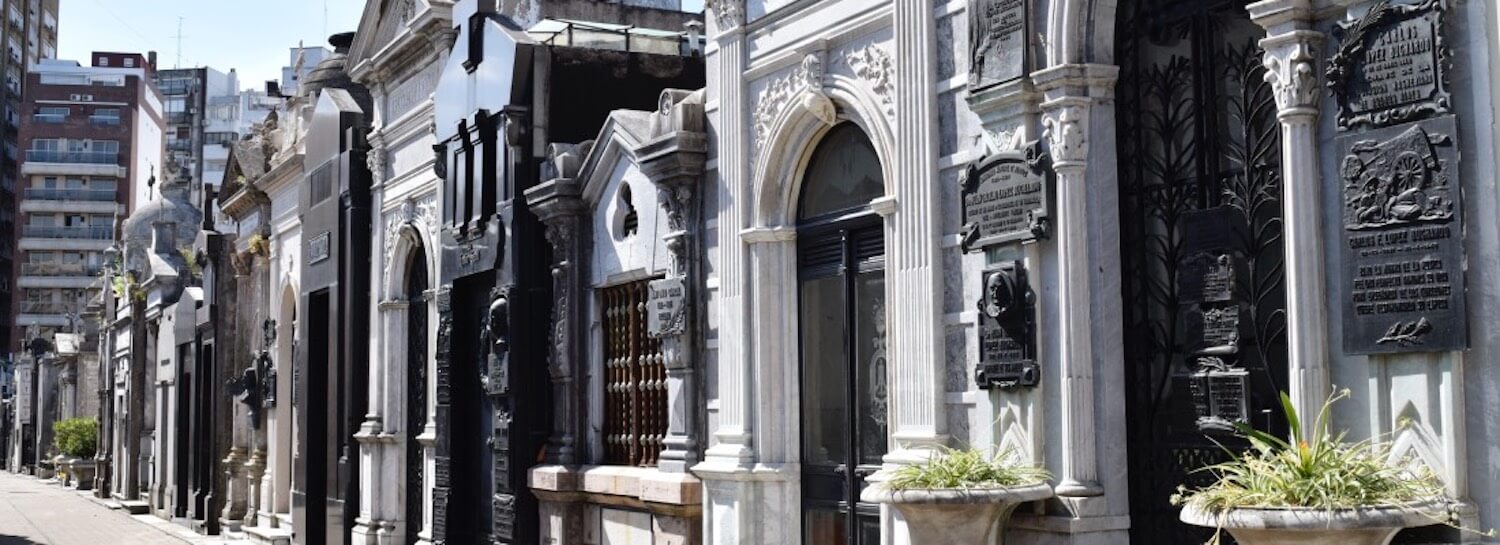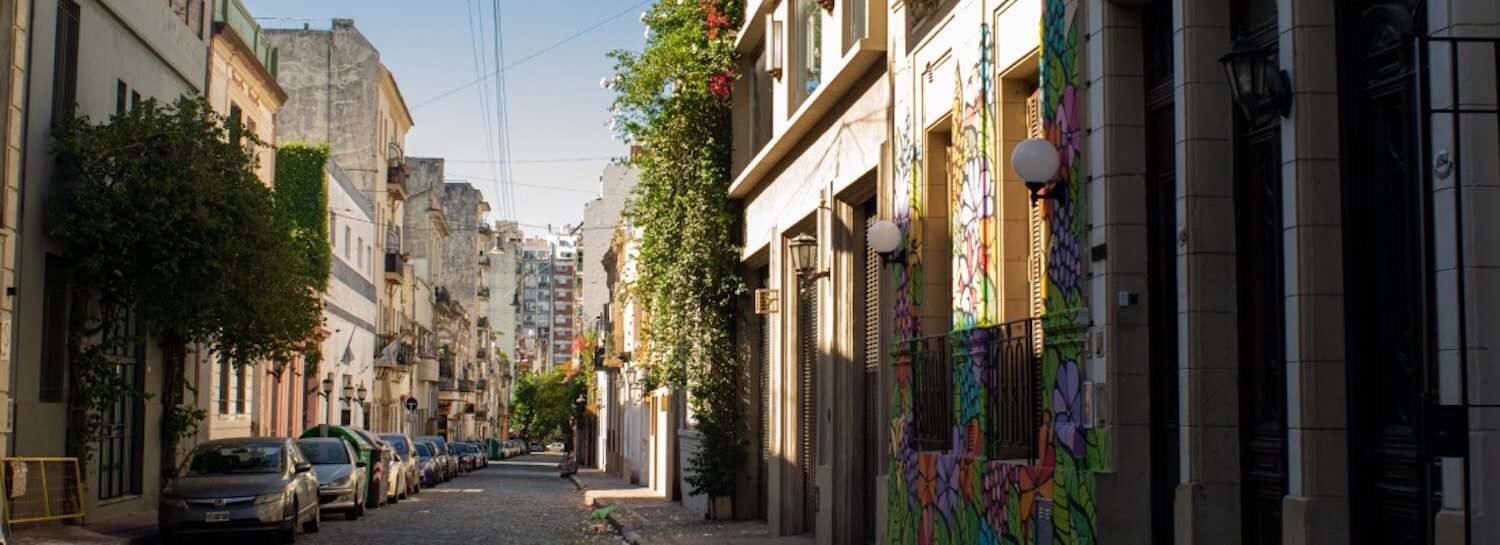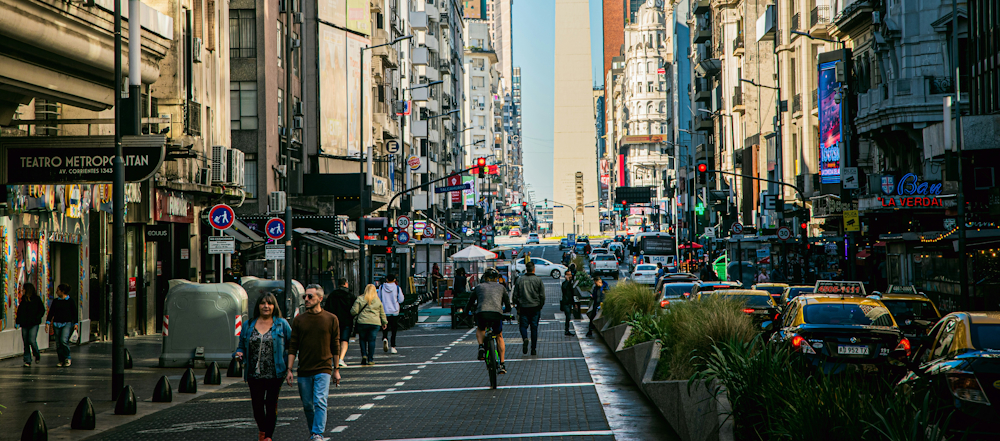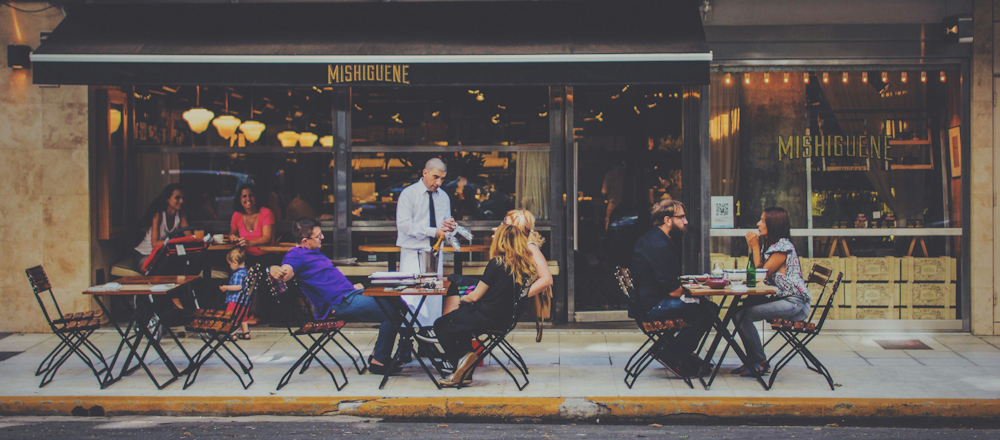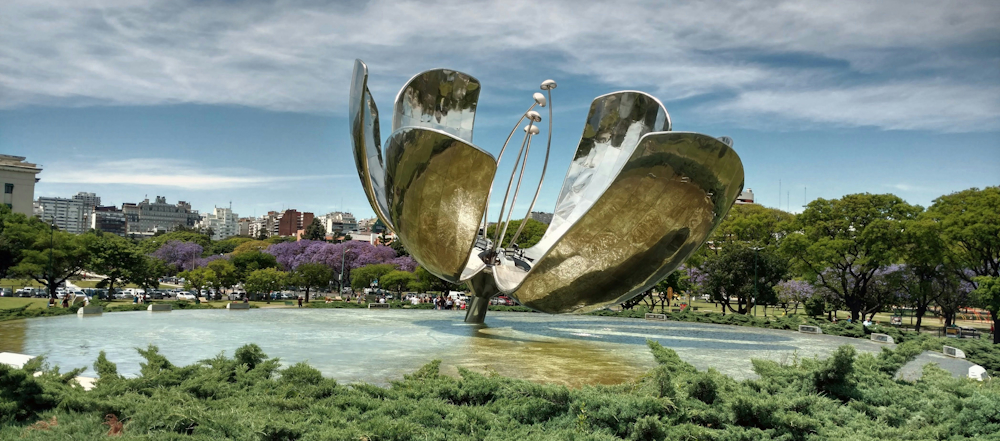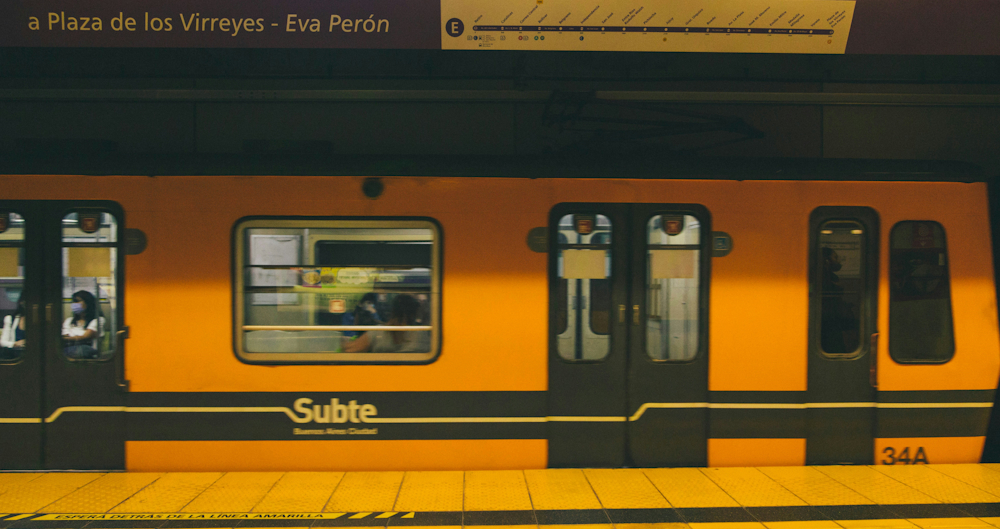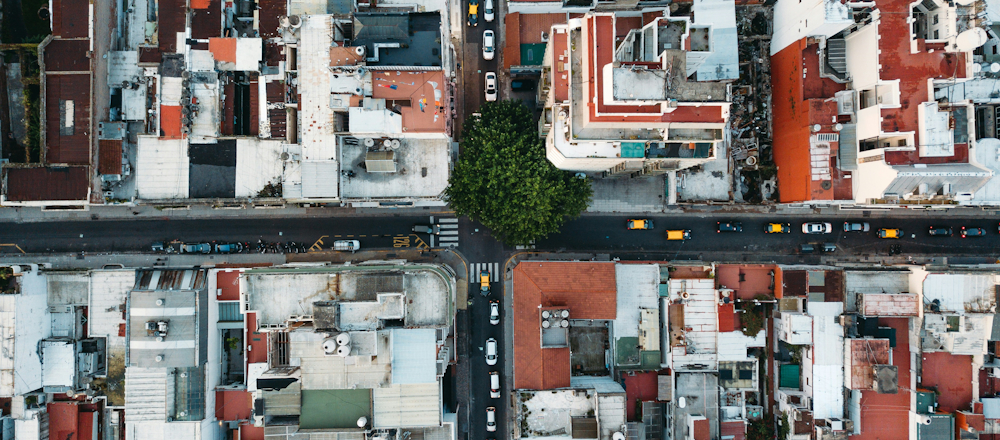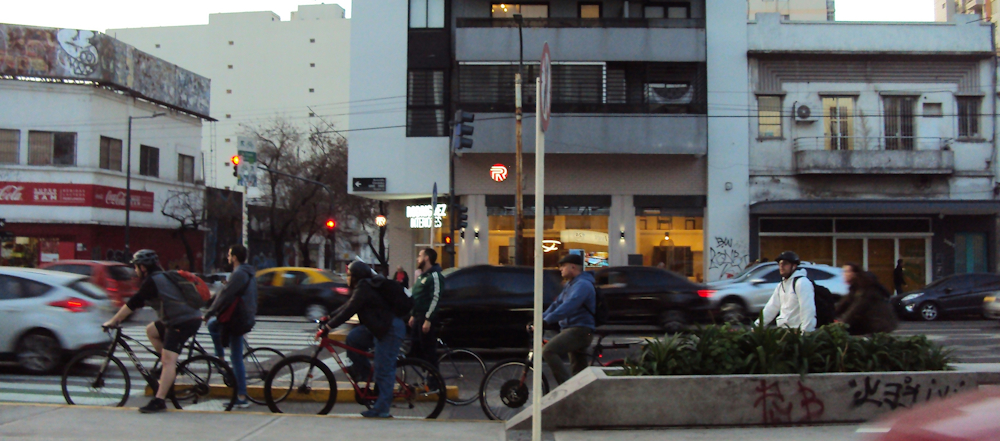Living in Buenos Aires as an expat
With its sultry tango and stunning European architecture, Buenos Aires has earned the affectionate nickname ‘Paris of the South’. As Argentina’s largest metropolitan area, this city draws people from all over the world as a major hub of activity. Home to over 15 million residents in the greater metropolitan area, Buenos Aires offers a rich cultural backdrop that makes it one of the most exciting cities in South America.
Buenos Aires is the perfect city for night owls. Social life here is geared towards its nightlife, with dinner commonly eaten after 10pm. Theatre performances usually start around 9pm, and the last movie screening of the day typically begins after midnight. The locals love to party, but alcohol does not necessarily play a major role in nightlife.
Moving to and Living in Argentina
Working in Buenos Aires
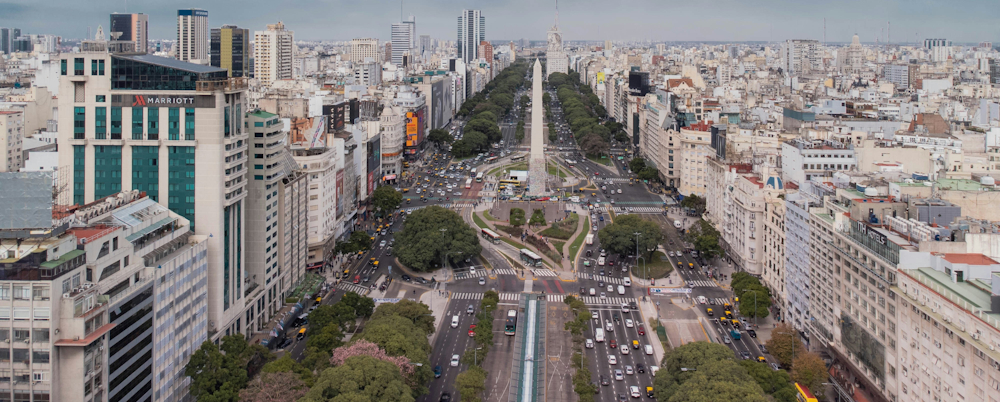
The main challenge for those moving to Buenos Aires is finding well-paid employment. Argentina’s economy has been very unstable lately, with high inflation and lower wages than in more developed countries. Many people either work for multinational companies or are self-employed, often working remotely.
Cost of living in Buenos Aires
While the cost of living in Buenos Aires is lower than in other major world capitals, the wages are also lower, and the fluctuating economy means high inflation rates.
But if you’re earning in foreign currency, Buenos Aires may seem fairly affordable. Accommodation in the city can be expensive, depending greatly on the area or suburb, but everyday expenses are reasonable. With free public schooling and healthcare on offer, Buenos Aires can look rather inviting to families.
Cost of Living in Buenos Aires
Finding accommodation in Buenos Aires
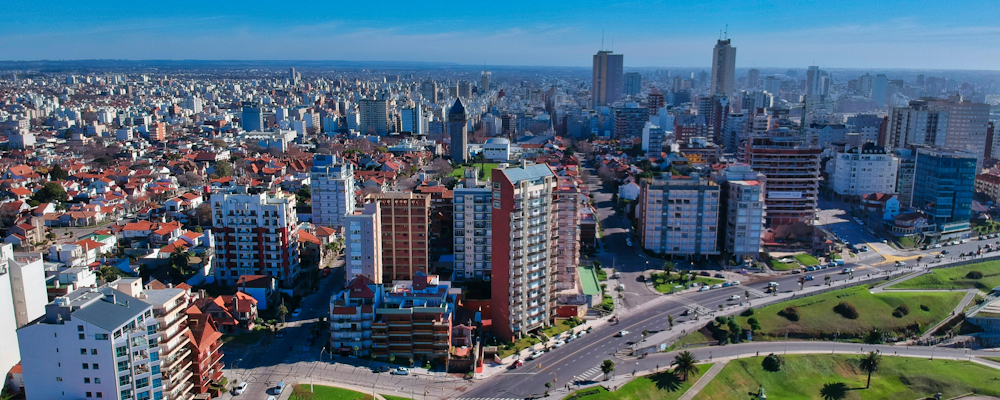
It is now much easier to find accommodation in Buenos Aires after the government ended rent control laws in late 2023. This policy change led to a dramatic increase in available rental properties and falling rent costs.
For the housing search process, most people use online platforms and local real estate agents. Popular neighbourhoods for residents include the safe, upscale areas of Palermo and Recoleta, both known for their tree-lined streets, restaurants, and cultural attractions. Many newcomers start with temporary furnished rentals while searching for longer-term housing.
Renting Accommodation in Buenos Aires
Best Places to Live in Buenos Aires
Getting around in Buenos Aires
The city’s extensive and affordable public transport network makes getting around in Buenos Aires straightforward. There are buses, the subway (called the Subte), and suburban trains. You can use any of these with the SUBE card. You can also pay for subway rides directly with your credit card.
The bus network is particularly extensive and covers virtually every corner of the city. The subway provides fast connections between major areas. Single subway rides are very affordable, making public transport economical. For airport transfers and late-night travel, taxis and ride-hailing apps like Uber are widely available and considered the most hassle-free option. The city is also quite walkable in central areas, with many attractions within reasonable walking distance of each other.
Public Transport and Driving in Buenos Aires
Lifestyle in Buenos Aires
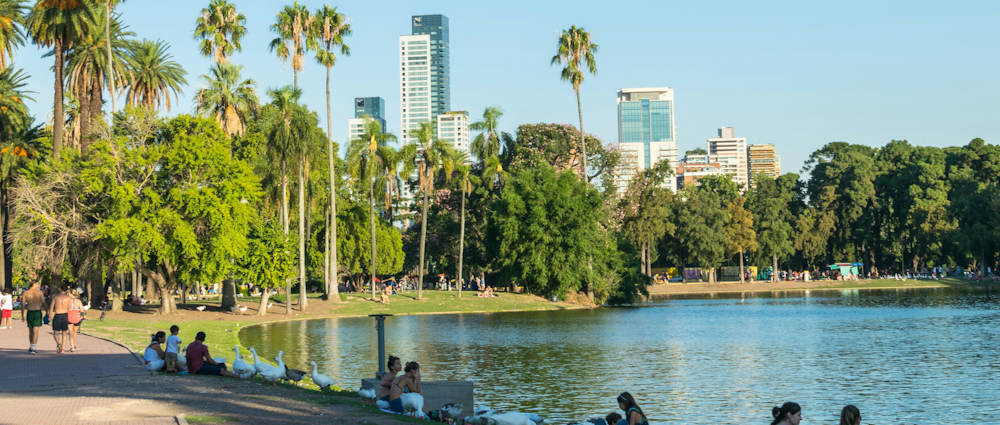
Moving to Buenos Aires is ideal for those seeking adventure and excitement. There’s the thriving nightlife, the rich cultural scene, and so much to see and do. This city offers non-stop action for those who want to experience all that Latin America has to offer. And for those with a passion for equestrian sports, Buenos Aires is also a polo capital that attracts sports enthusiasts from around the globe.
For shopping, Recoleta offers a more upscale shopping experience, and Palermo Soho and Palermo Hollywood are trendy neighbourhoods with plenty of boutique shops and designer outlets.
Things to See and Do in Buenos Aires
Lifestyle in Buenos Aires
Living in Buenos Aires with children
Buenos Aires is remarkably family-friendly, and there are countless activities and amenities for children. The city has excellent parks with modern playgrounds, interactive museums designed for young visitors, family-oriented restaurants, and safe neighbourhoods like Palermo and Recoleta with tree-lined streets, green spaces, and low crime rates.
There is plenty for expats with children to see and do in Buenos Aires. Visiting the wild animal park, Temaiken Bioparque, is a popular family outing to enjoy. There are also plenty of museums, restaurants, shopping centres, and theatres to visit, as well as annual cultural events to attend. The city’s extensive park system provides ample space for outdoor activities, while indoor entertainment venues offer year-round options regardless of the weather.
Healthcare and Hospitals in Buenos Aires
Finding a school in Buenos Aires
There are plenty of schools in Buenos Aires that you can choose from as a parent. While public schooling is free, classes are taught in Spanish. This could be a good option for young children, as they will pick up the language quickly and assimilate into the culture. If you’re looking for English-medium schools, however, there are a number of excellent international schools in the city that teach curricula from around the world.
Schools in Buenos Aires
International Schools in Buenos Aires
Climate and weather in Buenos Aires
With its tropical climate, Buenos Aires experiences hot, humid weather and plenty of rainfall in summer, while winter is cooler, but mild. Snow is rare in the city, although you may find a day or two in winter where temperatures drop below freezing.
Weather and Climate Chart for Buenos Aires
Buenos Aires offers a high standard of living, a multitude of activities, nightlife and excellent housing options in a wide variety of neighbourhoods (barrios). An effort to learn the language and culture will assist you in feeling welcome in the city, but with all that’s available, it’s no wonder that Buenos Aires has become an acclaimed destination.
